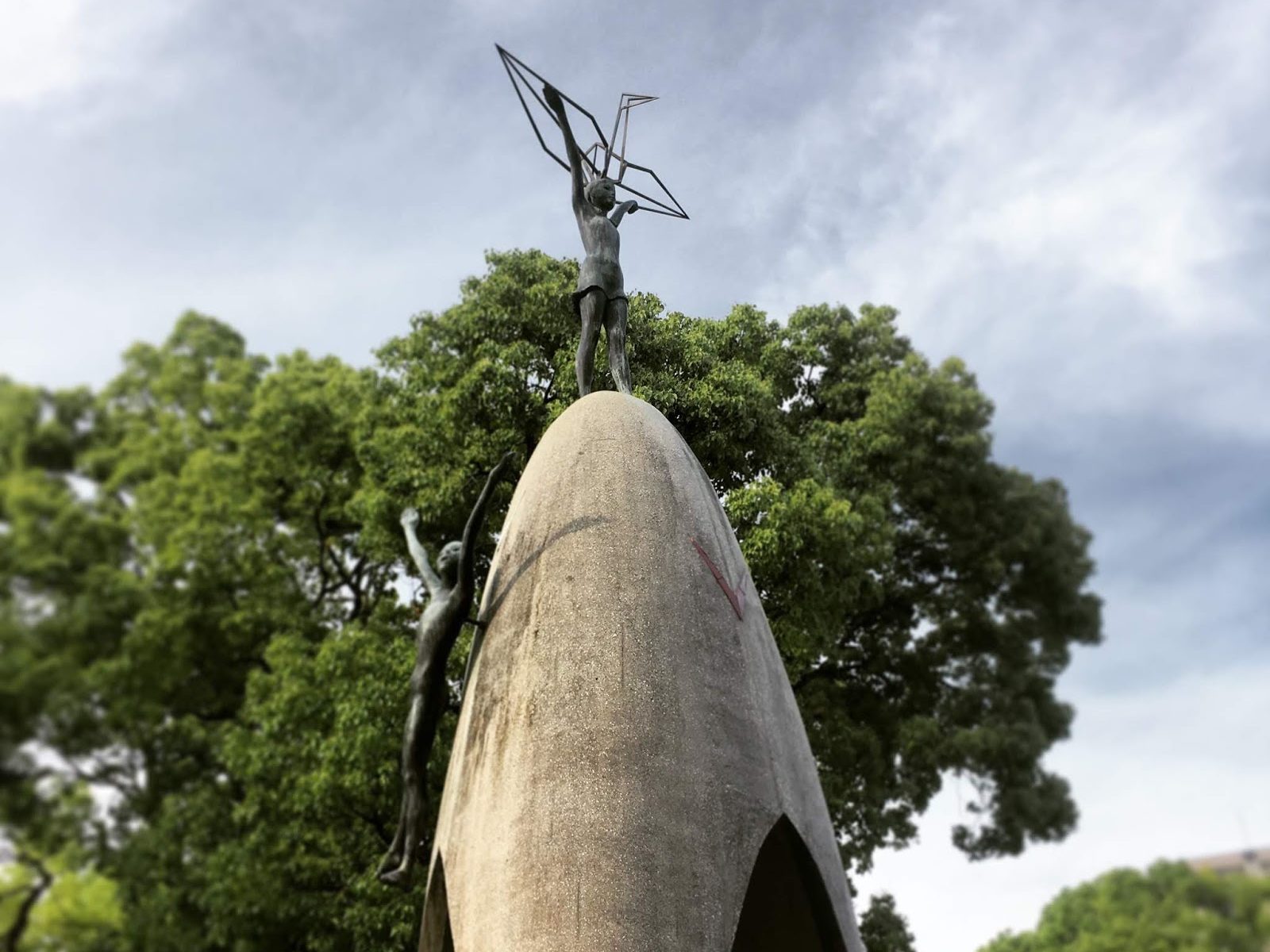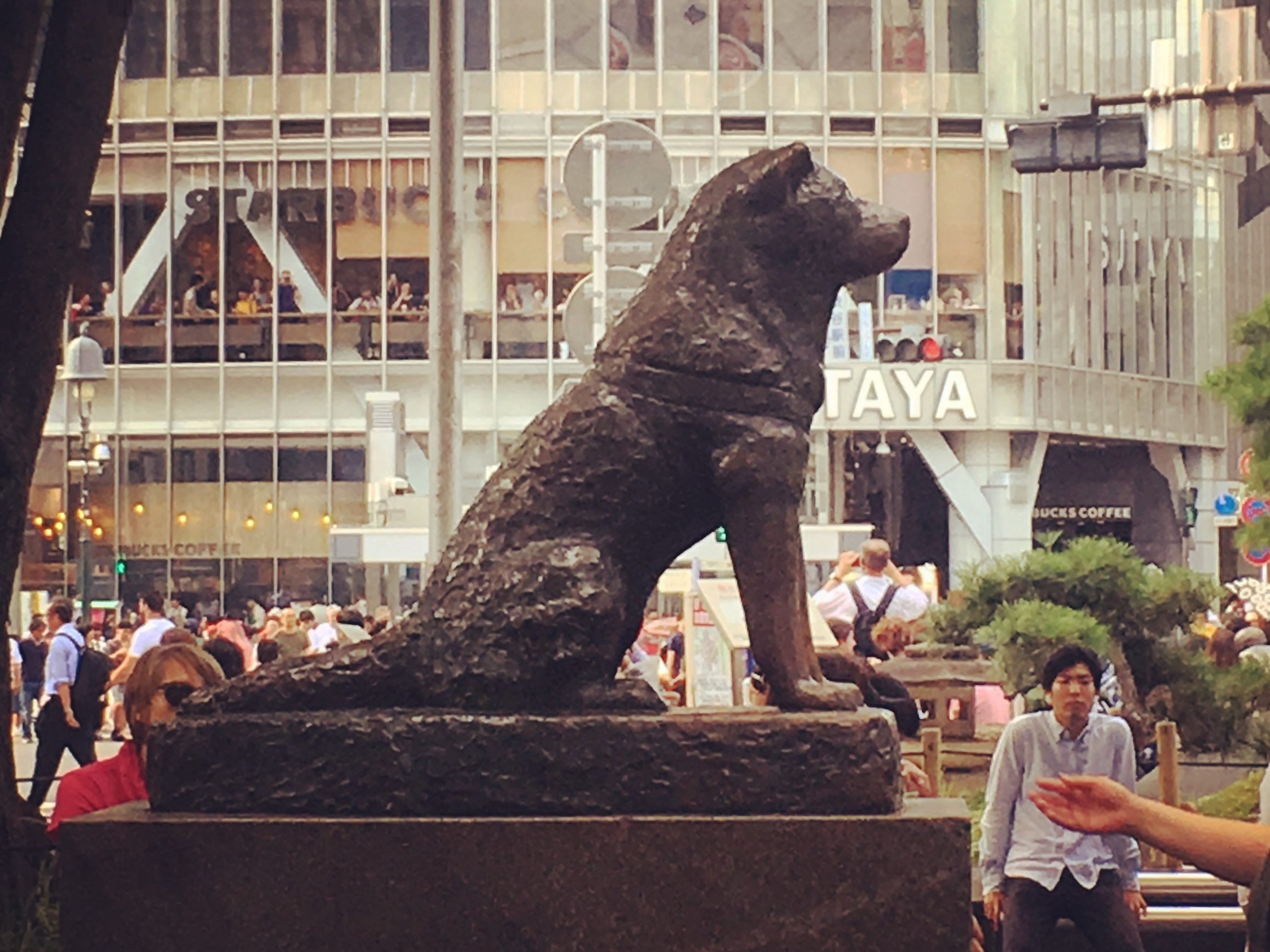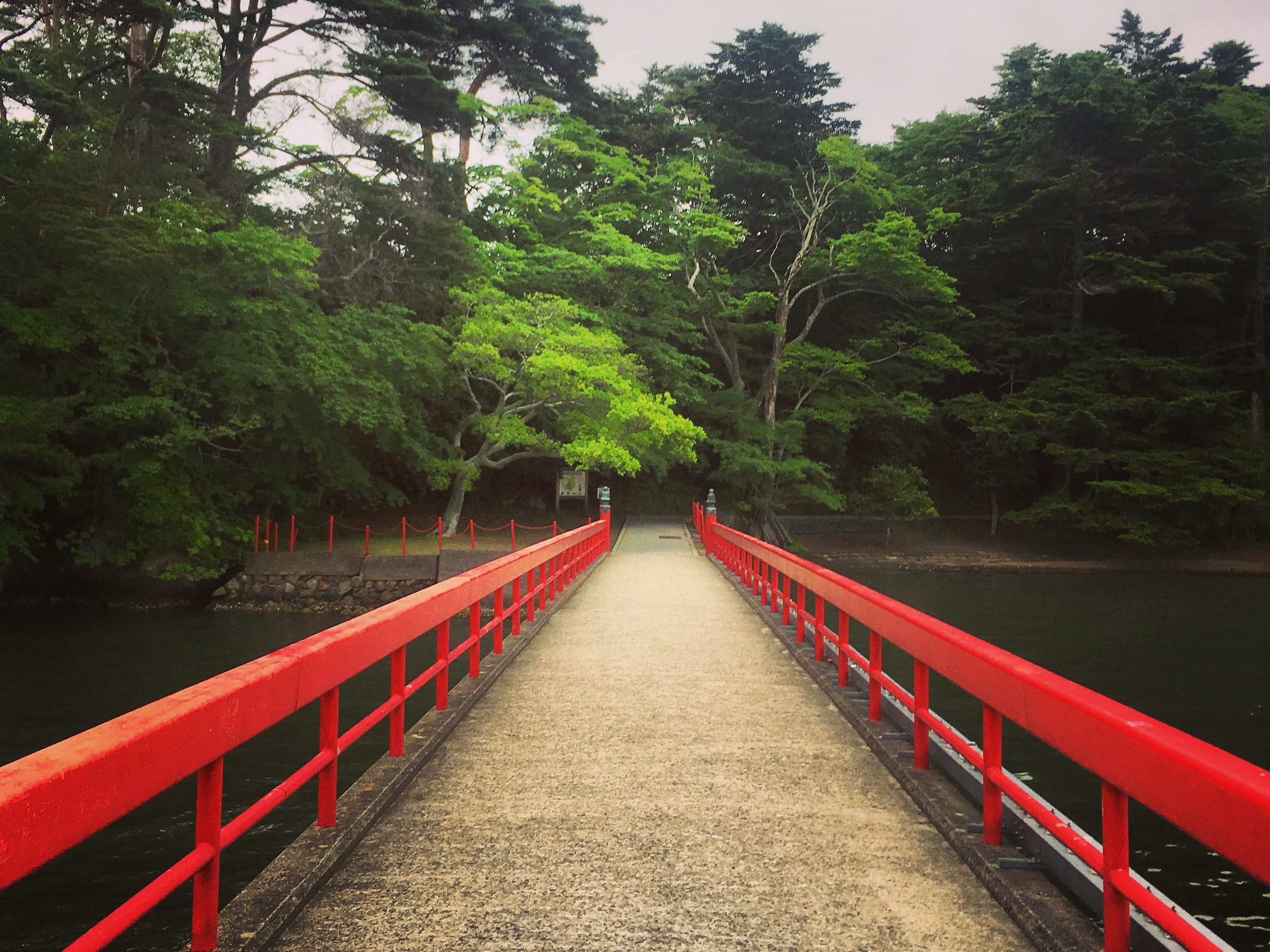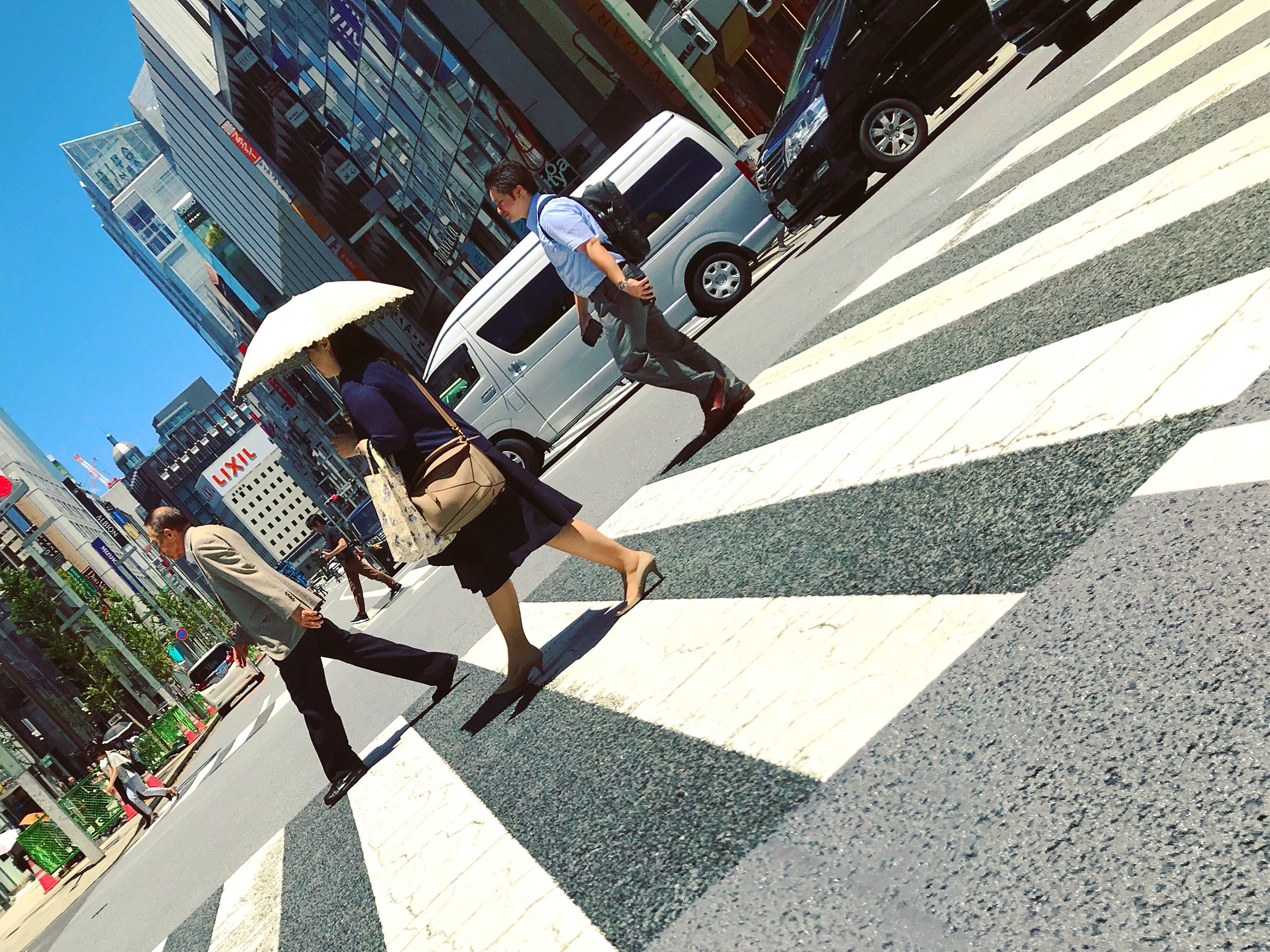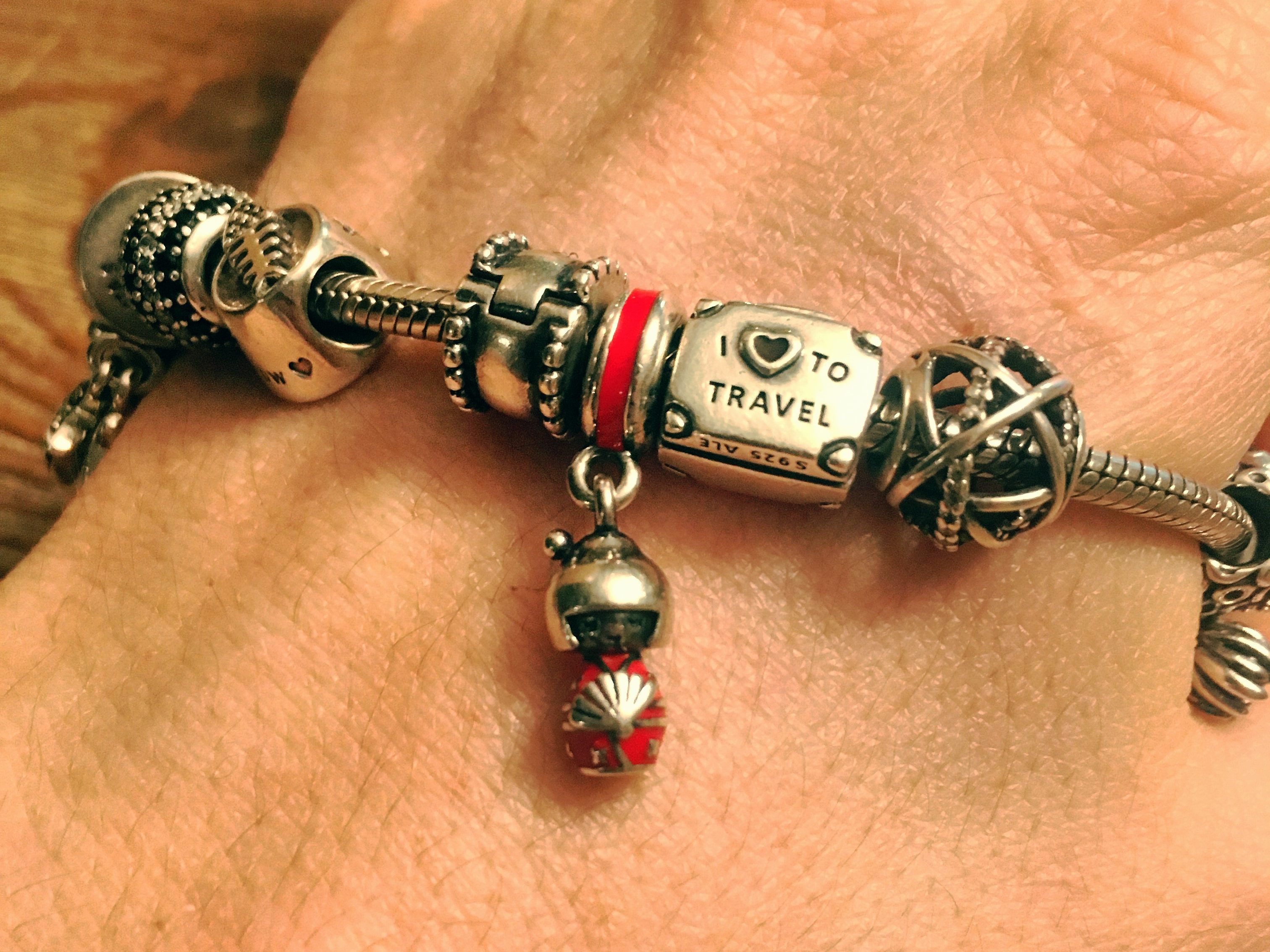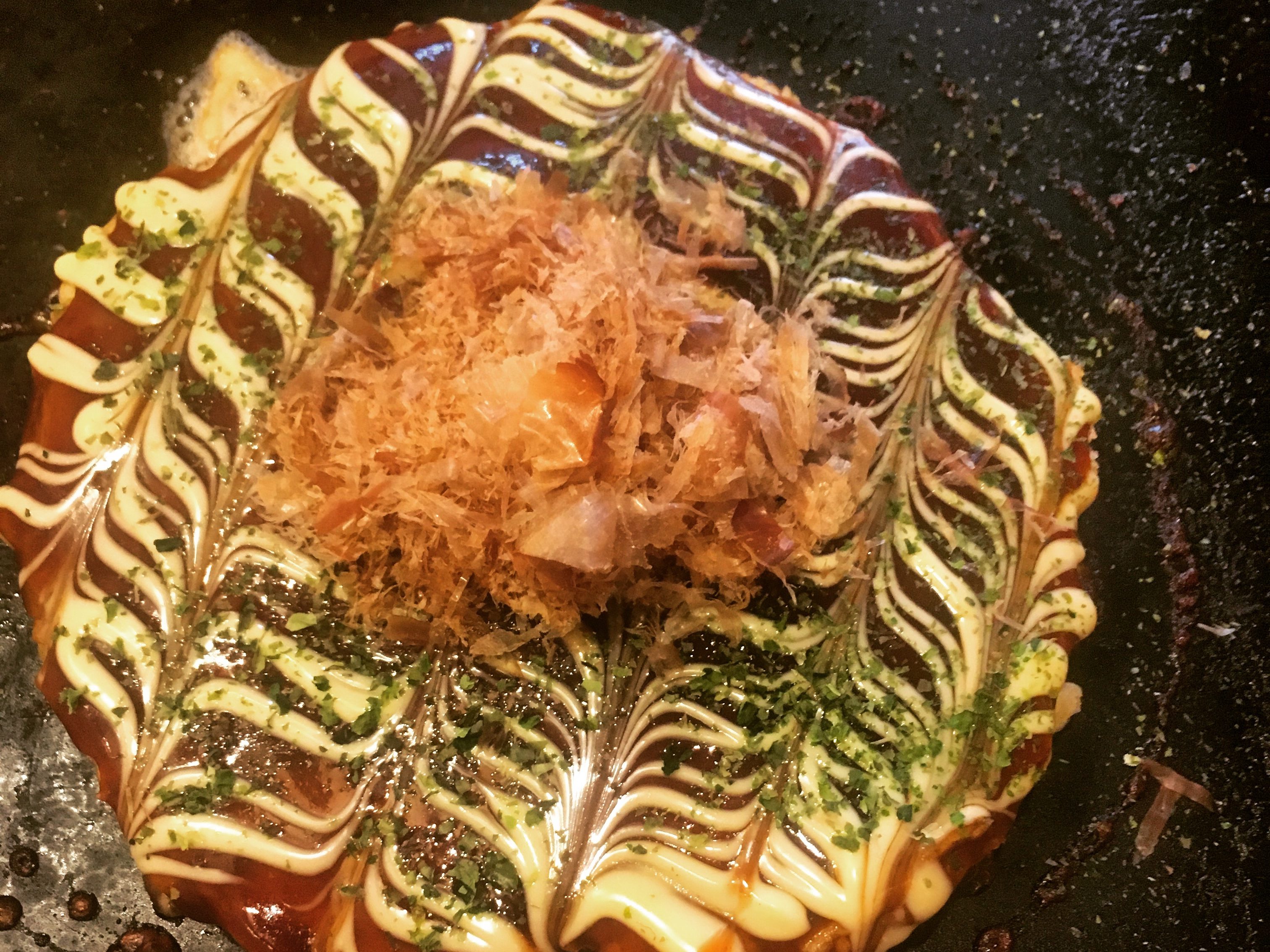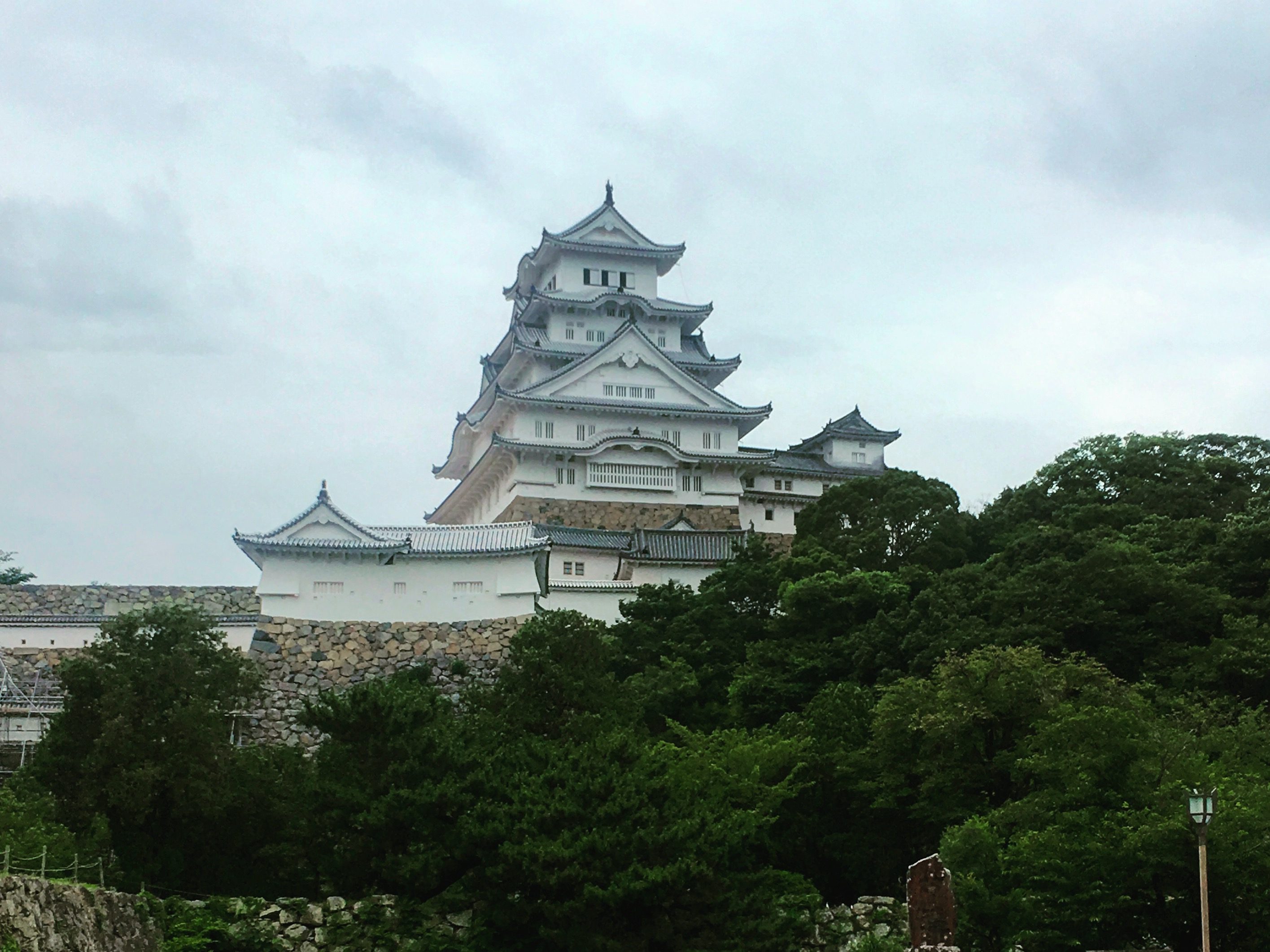
Japan Day 19 – Hiroshima to Himeji
Fletch and I had saved our cheese tarts from the previous night for breakfast. They weren’t hot out of the oven anymore, but they still had the sweet richness of the best possible combination of a cheesecake and a tart. The six miniature pie crusts with creamy, cheesy goodness were gone a moment later.
Hiroshima was the end of our line, but to break up the journey back to Tokyo, I had scheduled a one-night stay in the little town of Himeji, just enough time to visit the namesake castle.
| Miniature model of Himeji and the castle grounds. |
We rode the two trains between the two cities, and walked across the street to the Hotel Nikko Himeji, a hotel that had clearly been the hotel at one point in time, but now was outdated, meaning good prices and spacious rooms for us. We even got a couch! And from the window in our room on the 12th floor, we could just make out the roof of the majestic castle off in the distance, peeking up over a shopping center in front of us. This had probably been a view worth a pretty penny before that silly shopping center popped up.
We had made it to Himeji in good time, and the castle still had a couple hours before it closed, so we hurriedly dropped our bags and ran back to the train station to find the Himeji Castle Loop Bus. An adorable little bus (of course it was adorable, it’s Japan) with an old-fashioned, trolly design pulled up and we squeezed in with a couple other tourists. The tiny bus accommodated only a few seats, and was more of a minivan than a bus really. Actually, American minivans would have dwarfed the little bus. The fee was a flat 100 yen, or $1. We rode down the few blocks of main road running straight from the train station to the castle. When the bus dropped us off, I ran forward to snap a quick photo, and the driver actually waited for me to catch the shot before pulling away, a nicety I would have never expected from a place that thrives on punctuality.
| Himeji at the end of the main road, as seen from the bus stop. |
| Himeji Castle Loop Bus |
Google Maps showed the entrance as being on the east side of the castle, and so we set off, circumnavigating the perimeter of the massive grounds. It turned out that had we walked just a dozen or so meters in the opposite direction, the entrance had been right there. But oh well, we got the scenic tour and discovered just how impossible it was to get into the castle grounds. It was built on a hilltop and surrounded by numerous walls and moats and more walls, extending upwards as high as the hill was. What a fortress! Eventually we found a small path leading us through a side route. Then there were more walls and moats and bridges to navigate before we found our way to the ticket booth. Himeji was already impressive and we hadn’t even made it to the castle yet. The scale of everything was way more grand than anything I had ever envisioned. I’d visited castles in Japan before and remembered being let down by how small they were. But of course everything in Japan is much smaller. I guess I had lowered my expectations for Himeji accordingly, and now I found myself weaving my way through this monstrosity. I was in awe.
Japanese castles featured long winding passageways and many, many gates in order to keep intruders from getting into the main parts of the castle. The walls of Himeji were 26 meters high (85 feet). The gates, in contrast, were so tiny that even I would have to stoop to enter (padding had been added to protect unaware tourists’ heads). What a fortress! And then of course the entire winding hike was uphill the entire way.
| Massive walls of Himeji. |
| Contrastingly short gates of Himeji. |
Himeji Castle is known as the “White Heron Castle,” because the white plaster walls of the main keep supposedly resemble a white heron in flight. In order to preserve its original shape and beauty, the entirety of the castle was restored between 2009 and 2015. During this restoration, every piece of the castle was taken apart, and then reassembled like a giant puzzle.
The walls of the keeps contained 997 openings called sama. These were for guns and arrows to be fired from, and were even coded by shape. Oblong openings were for the bows, and round, triangular, and square openings were for the guns. They were also at different heights along the wall depending on what position was meant to be used when firing: standing, kneeling, or prone.
Various plaques were scattered around with interesting stories. Many of the stories revolved around the sheer number of stones that were required for the construction of the walls, so many stones that Hashiba Hideyoshi had trouble finding enough. When a poor old woman who sold rice cakes in the town heard this news, she generously donated her hand mill stone. A net was wrapped around that section of the wall to show where it was, and to keep it safe. Stone lids from coffins were even dug up and used.
| One old lady’s hand mill stone, used in the wall construction. |
We finally found our way to the entrance of the main keep. With the sheer size of the place being so magnificent, I guess I had expected an interior to match in the back of my mind. The inside was entirely wood, bare as bones and dark as night. Clearly it was too risky to have windows on the ground level.
We wound our way up floor after floor, steep, narrow, wooden staircase after steep, narrow, wooden staircase, until we made it to the sixth and final floor. The only other tourists around were a group of perfectly circular girls, one of whom was currently sprawled like a starfish across a bench, looking like she hadn’t moved that much in quite some time. It had been getting gradually brighter the higher up we ascended. The higher we went, the safer it was to have a window or two. The top floor was bright and open and showcased the most magnificent view of all the town and rolling hills around in every direction. What a view! One could see for ages up here. Not only was this castle impossible to break into, but with this view of all the surrounding land, there was zero possibility of the enemy sneaking up on the place.
Somewhere along the journey back down the rickety staircases, there was a view overlooking an old well and the ghost story of said haunted well. I nearly transcribed the story here, but I actually found a much more enjoyable rendition of it written by by folklorist Amelia Starling. I hope she doesn’t mind me copying her words here for your enjoyment:
Like any good tragedy, this story begins with love. Love between a brave warrior, called Kinugasa Motonobu, and a servant, the beautiful, honest Okiku.
Okiku served a powerful, influential samurai named Aoyama Tetsuzan. He was also the regent of Lord Norimoto, the true ruler of the castle. One day whilst working, Okiku overheard Tetsuzan discussing a plot to kill Lord Norimoto and seize the castle for himself.
Maybe it would have been better if she had never learned of this plot, or if she had ignored it. But when life gives you such choices, you either let them slide and what will be will be, or you take action. And Okiku was not a woman to let anything slide. In that moment, she knew she had to do something. She confided in her lover, Motonobu, and his allies, and they promised her things would be well and that the plot would be foiled.
And indeed it was.
Lord Norimoto was warned of the attack, and he fled the city. But although he was safe, Himeji castle and our lovers were not. In Lord Norimoto’s absence, Aoyama took control. He was furious that Lord Norimoto had escaped, and sought out the traitor. Secrets, secrets in his midst. Who to trust? No-one, no-one.
The only thing awaiting the traitor was death.
Fearing for their own lives, one of the warriors betrayed Okiku. They informed Tetsuzan’s accomplice, a man named Danshirō, of her role in foiling the plot.
It was her, the servant girl. Because of her, Norimoto escaped!
Danshirō was a devious, possessive man. He saw Okiku’s beauty, and planned to make her his own. Instead of informing Tetsuzan of the traitor’s identity, he confronted Okiku himself. Secrets, secrets.
Beautiful Okiku, marry me, and your life will be spared.
But Okiku had already given her heart to Motonbu. She refused Danshirō over and over again.
No, no, I will not marry you!
Not a man to give up, Danshirō tried one final time to gain Okiku’s acceptance. He stole one of 10 valuable plates which were treasured heirlooms of the Aoyama family.
It is easy to frame a servant for theft…
All of the plates were here this morning! Who has been in?
Only the servants, my Lord.
What were they doing?
Cleaning, my Lord. They always dust the plates…
Who dusted the plates today?
Okiku, my Lord.
And where is she now?
Okiku was running. From the otemon gate to the honmaru. In the West Bailey, and in all of the yagura. Through the gardens and every kuruwa, and to the moat and back. Running, searching. She crept into Tetsuzan’s rooms and counted over and over again: 1, 2, 3, 4, 5, 6, 7, 8, 9…
Always nine. The missing plate was nowhere to be found.
Seeing Okiku so desperate, Danshirō seized his chance.
Marry me, Okiku. This is the last time I will ask you. Marry me, and I will return the plate and clear your name.
But how could anyone agree to such a proposal, when they are already in love with another? Okiku’s love for Motonobu was true, and she was fearless. The reckless kind of fearless which only the strongest love can bring. She took a deep breath…
No, Danshirō. I belong to another, and I will never, ever marry you.
Danshirō’s jealousy and rage overcame him. This woman, who had foiled their plans and defied him, and still refused his affection no matter what he tried. This woman who dared to risk her own life for her love. Well, she need risk it no longer…
Danshirō drew his sword. One swipe was enough. He was fast; so fast that Okiku didn’t have time to scream or run. By the time she realised what he was going to do it had happened, and her blood was spilling out of her.
Where to hide a body? Somewhere deep, which daylight never shines upon and no human eyes ever glimpse…
Somewhere like… a well?
Yes, the well!
Danshirō gathered Okiku’s body into his arms, and with a last, wistful look at her beauty, a lament to that which he would never own, he threw her into the castle’s well.
Secrets. Leave them to rot in the sombre, damp underground.
Okiku’s absence raised no questions. After all, everyone believed she had stolen the plate and they knew that Tetsuzan took no prisoners. Only Motonobu and his companions continued to fight Tetsuzan. Eventually they were successful. He was overthrown and Lord Norimoto returned to Himeji, and Danshirō’s terrible crime was discovered.
In tribute to her love and bravery, Okiku was enshrined at Jūnisho-jinja. This modest, tranquil shrine is tucked away down a side street, quietly emitting its charm into the city.
As for the well…
Once the sun began to set and the shadows lengthened, people started avoiding it. There was talk of hearing strange sounds, like whispers, from within, and glimpses of the ethereal figure of a woman.
For the few who dared to venture to the well in the darkest hours of the night, if they listened carefully, they would realise that the whispering voice coming from the well was counting. 1, 2, 3, 4, 5, 6, 7, 8, 9…
1, 2, 3, 4, 5, 6, 7, 8, 9…
Only to nine, never 10. One missing plate. One restless spirit eternally searching for it, counting every night. Never leaving her watery grave.
Amelia Starling, thewillowweb.com
It took us roughly two hours to cover the entire castle at a leisurely pace. On our way out, we spotted an elderly gentleman riding a bicycle around the grounds, one handed, the other arm cradling his little dog. The little dog’s fur was so shiny and well groomed, that I almost mistook it for a puppy, but upon seeing the dog’s face, could tell that he was just as elderly as his master (in dog years of course). Master was meandering around on the bike, purely for the dog’s pleasure, and the look on the little dog’s face was the purest form of happiness. We stopped when we reached the crosswalk to wait for the green man, and the old man on the bike eventually came to a stop behind us. When he did, he pulled out a traditional hand fan and began to fan the happy little creature. What a sweet bond of friendship.
We walked down the main street, back towards the train station, keeping our eyes open for food along the way. We eventually came to a noodle shop, a quaint little hole in the wall with a tapestry hanging in the doorway. It just happened to be one of two restaurants I had been reading about in Lonely Planet, a homemade udon shop. We each ordered a hot bowl of udon noodles, and they were the best noodles we had the entire trip. So soft, so gooey, just the right amount of chewy texture, and nearly a meter long. We slurped and chewed and delighted in the textural experience.
We rested back at the hotel for a little while, and once dark set in, we amused ourselves by watching the two glass elevators journey up and down the shopping center across the way. They had color-changing lights, and we watched as people got on and off at each floor, going about their evenings.
We found a hip little pizza joint for dinner, where we felt like we had been transported to a New York City sky rise for a couple hours. We ordered sangrias and pizza, oh how we had been craving pizza, and enjoyed the dim ambiance and view of the city through the glass panels that made up the walls. A pizza arrived for Fletch and and bowl of pasta arrived for me. I politely tried to explain in broken Japanglish that I had ordered a pizza as well. The pasta was removed from our table. Then returned to our table with numerous apologies. Our server came over to apologize. The chef even came over to apologize. Watching someone make a mistake in a culture made up of type A personalities turned out to be quite a circus of regret.
After dinner we returned to our hotel and headed up to the bar on the top floor, which was supposed to have a beautiful view of Himeji Castle. Having a drink overlooking the majestic structure seemed like a fitting way to conclude the day. The view was lovely, and Himeji was all lit up on the hill off in the distance, but trying to take a photo with my phone was like trying to capture a picture of the moon, nothing more than a blurry spec of light on an otherwise black screen. You’ll just have to go see for yourself one day. I loved the quaintness of the town of Himeji, which contrasted with the grandeur of the castle. It was just city enough to have all the conveniences you require while traveling, while still possessing the old-world charm of an era that is quickly disappearing from Japan. Himeji is definitely worth a visit.


